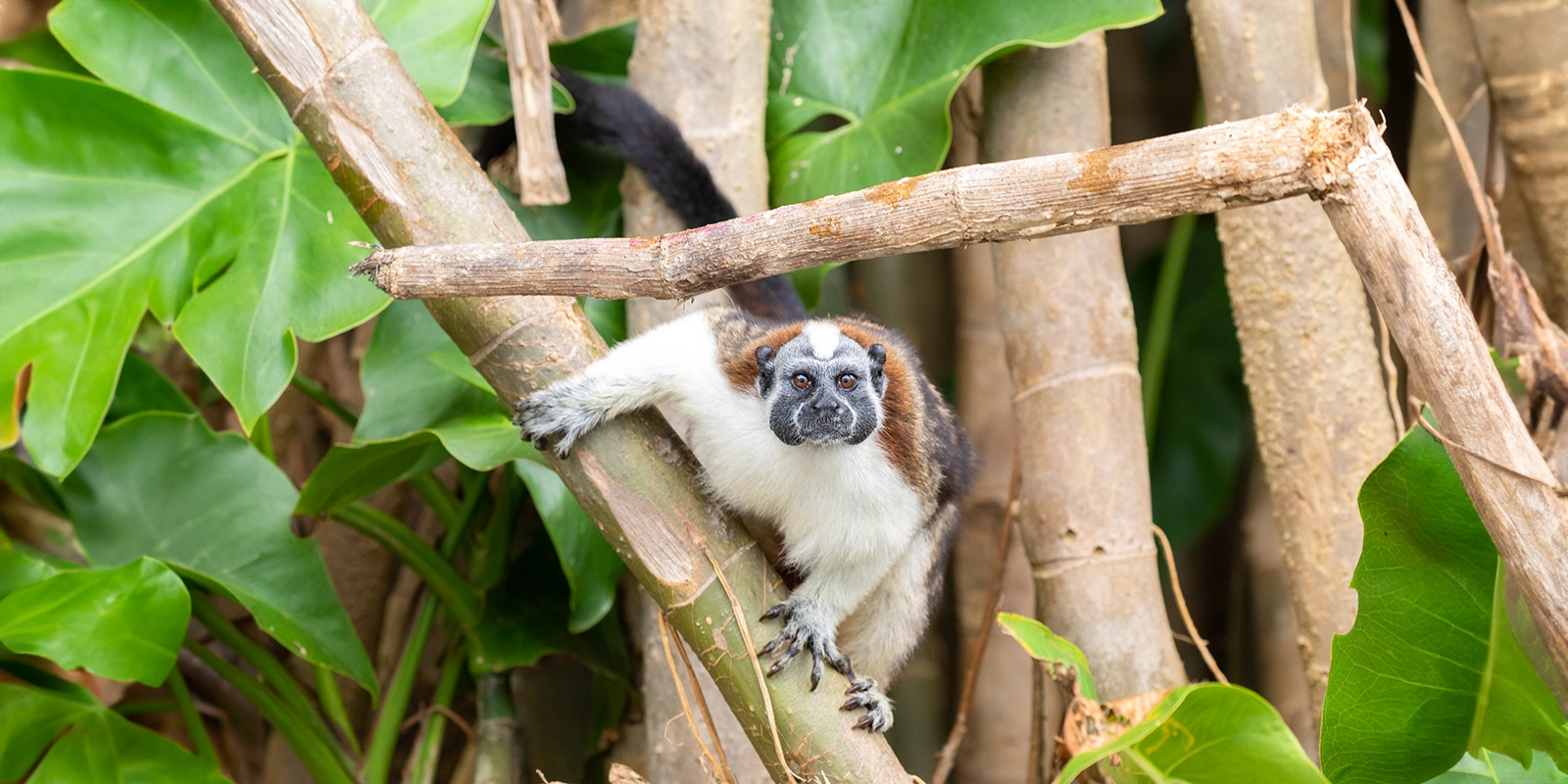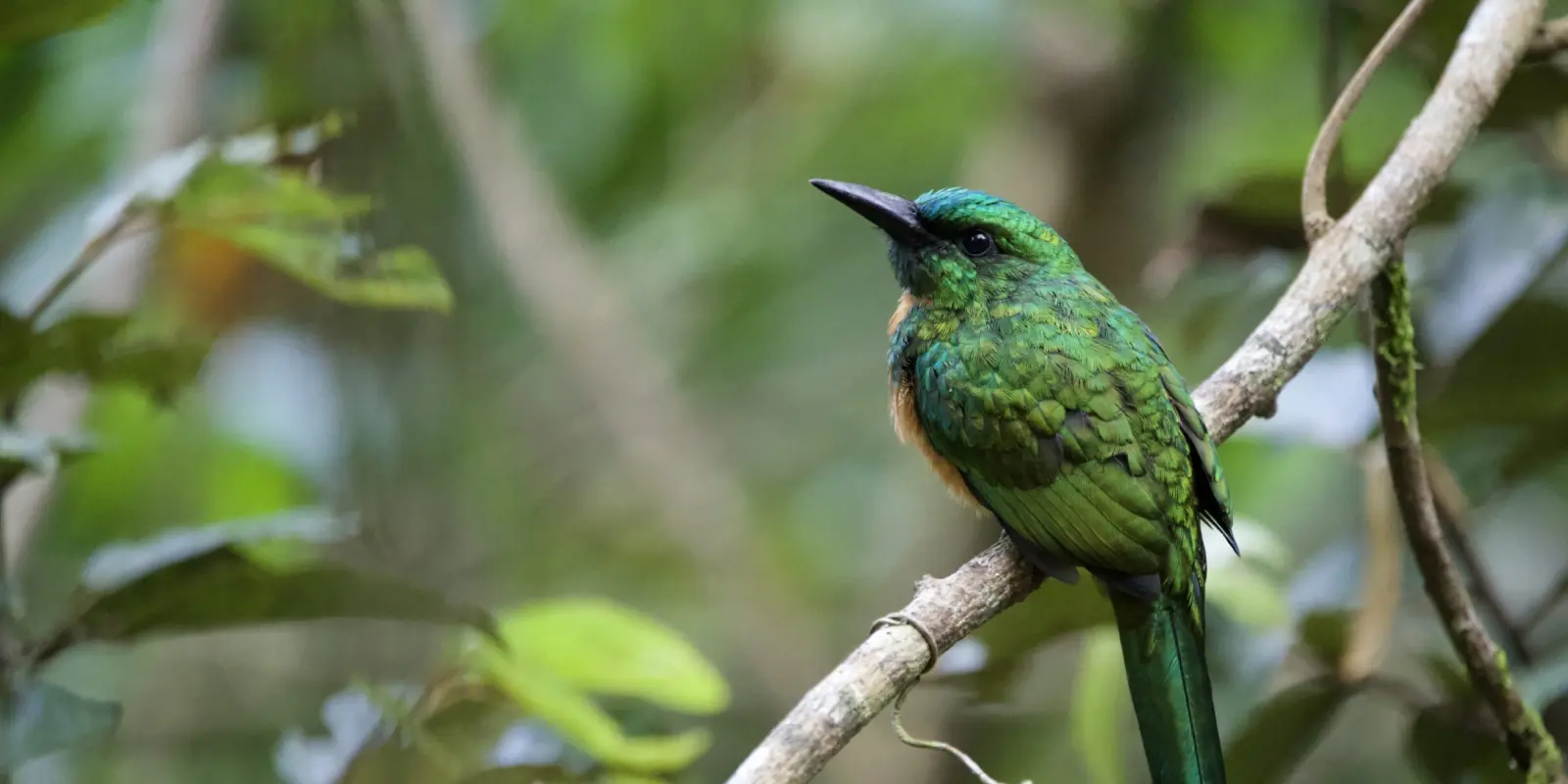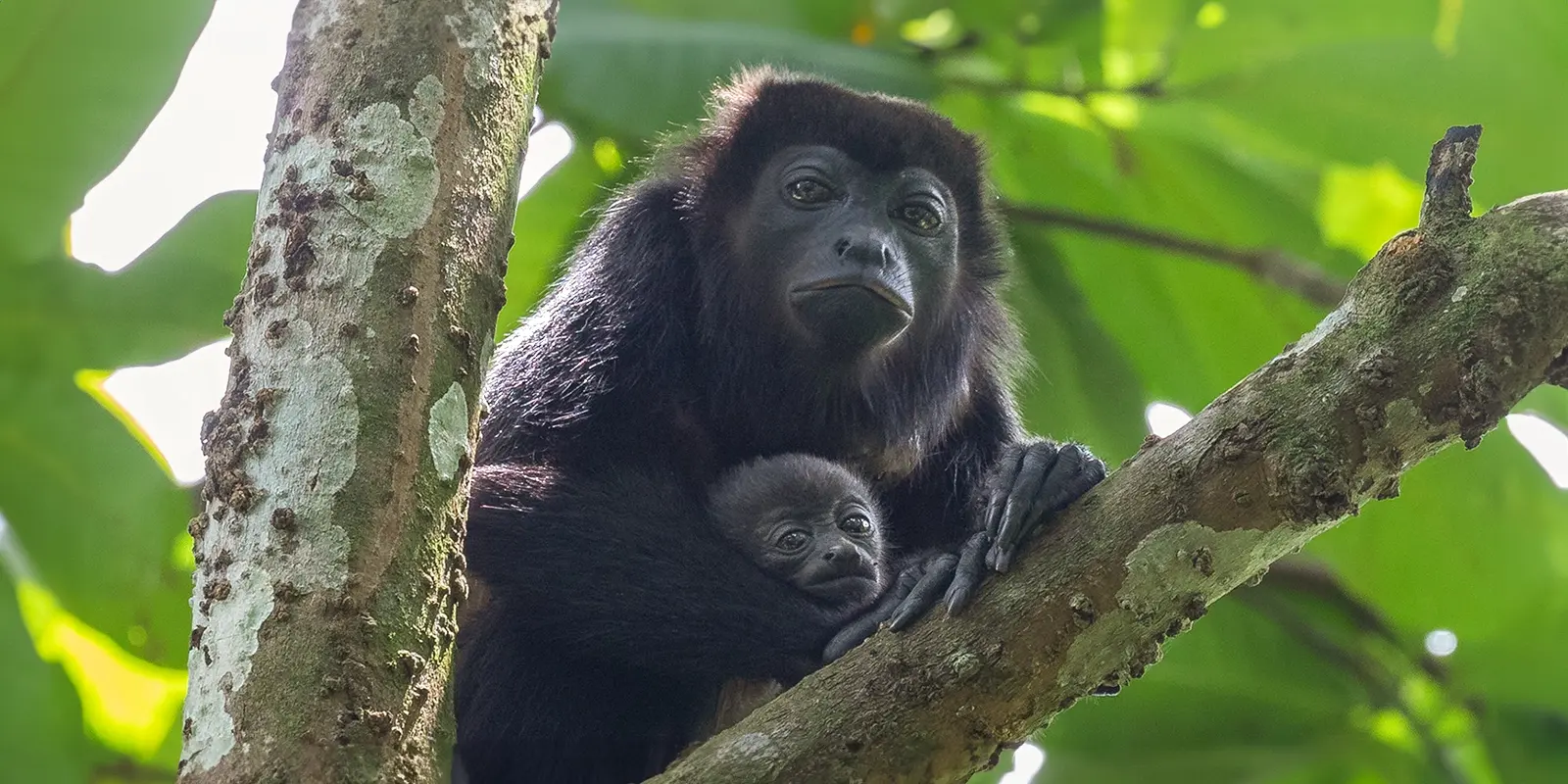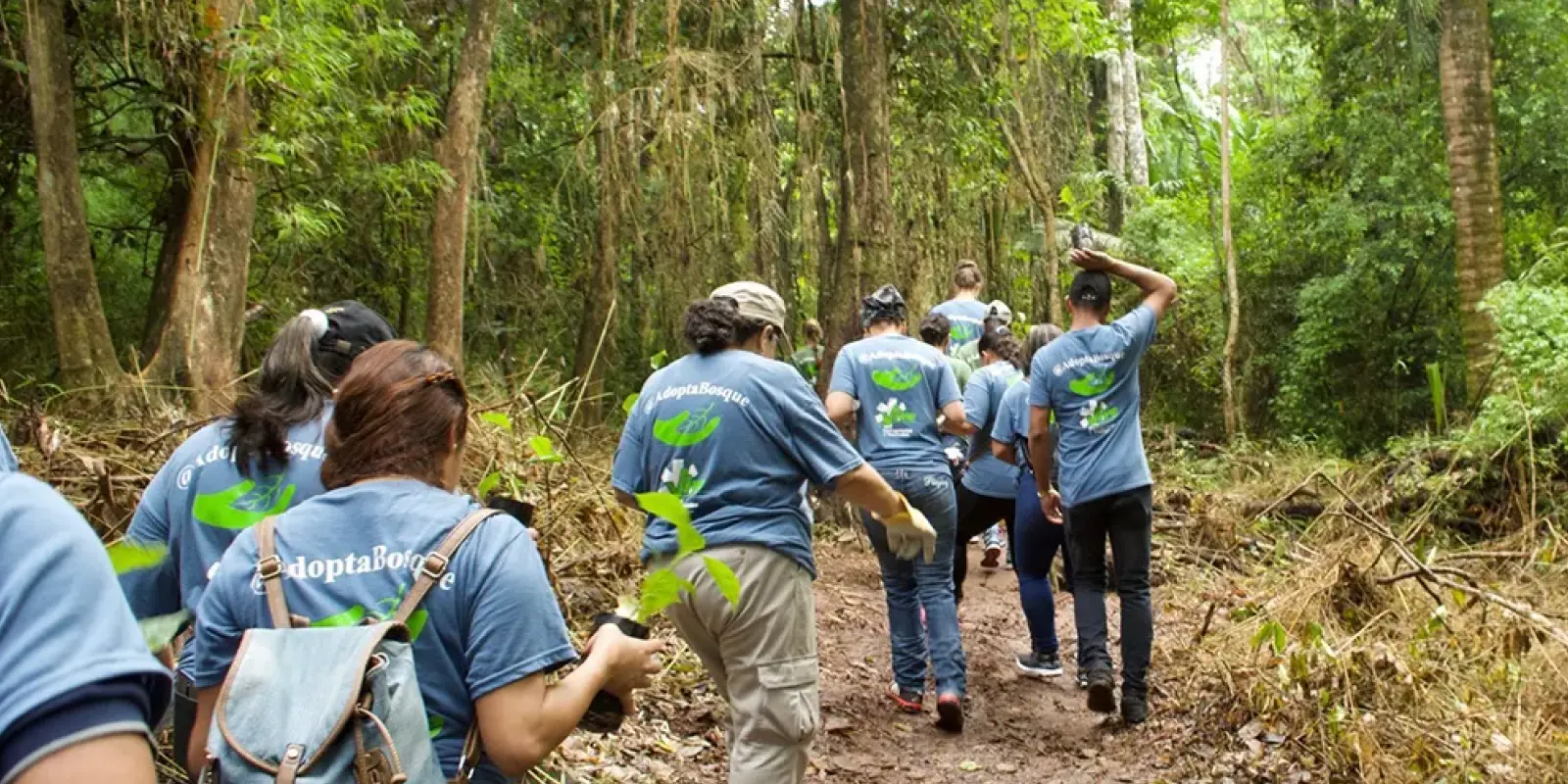Adopt A Panama Rainforest Association

Verified for authenticity Learn More
IMPACT PROMISE 
Our Partners are carefully selected due to their high conservation impact
Appeal Snapshot
Partner:
Location:
Panama, Latin America
Category:
- Reforestation
- Protected Area Management
- Wildlife Conservation
Urgent Appeals:
Date Founded:
Website:
Partner Qualifications:
Verified Partner
One of Conservation Allies' staff or trusted advisors has visited this organization and verified its work and impact.Legally Constituted
This organization is formally constituted and is a legally recognized non-profit in its country of origin.Effective Impact
We recognize this Partner for their tremendous efforts to make a difference for wildlife and local communities, as well as welcome technical support from Conservation Allies to improve and scale up their impact.Conservation Action Heroes
We recognize this Partner for their high level of engagement with the Conservation Allies team and their demonstration of a clear commitment to our collective mission of making a real difference and having a major impact on wildlife and communities where it is needed most.
About ADOPTA
ADOPTA is a non-profit organization in Panama that works to identify areas with exceptional biodiversity that lack any legal conservation status. They then work to guarantee the protection of these areas. Its primary project is the Cerro Chucanti Private Nature Reserve, where Cerro Chucantí is the tallest peak in the Majé mountain range, rising some 5,000 ft above the surrounding isolated temperate cloud forest. This isolation has allowed endemism to flourish, resulting in over a hundred endemic taxa, many of which are not found anywhere else on Earth. The San Bartolo Private Nature Reserve, bordering Costa Rica in Western Panama, is a rainforest located in the upper watershed of the San Bartolo River that constitutes some of the last remnants of lowland Pacific rainforest of western Panama. It presents high similarities with wildlife otherwise restricted to extreme southeastern Costa Rica, including the biodiverse Osa Peninsula.
Their Challenges
Panama faces several environmental challenges, including ongoing deforestation and degradation. Many species are losing habitat at an unsustainable rate. The illegal wildlife trafficking trade is another major threat faced by Panama's wildlife.
Their Approach
ADOPTA has expanded the Cerro Chucantí Private Nature Reserve, discovered new species, and safeguarded critical habitats. The recently acquired San Bartolo Private Nature Reserve preserves the last remnants of lowland Pacific rainforest and fosters biodiversity akin to the biodiverse Osa Peninsula.
Why They Need Your Help
ADOPTA seeks support to be able to continue land purchases, monitor wildlife, support local indigenous interns, and cover operational costs of education programs. Support is especially needed to cover the maintenance costs of the field stations within the nature reserves, salaries for the reserve staff, travel costs to the remote areas where they work, and vehicle maintenance. By donating, you play a vital role in preserving the unique ecosystems of Panama and the remarkable species that inhabit them.
Conservation Allies charges no overhead fees or administration costs, meaning 100% of your donation goes directly to the Partner or Project of your choice. All donations made from the United States are fully tax-deductible.




